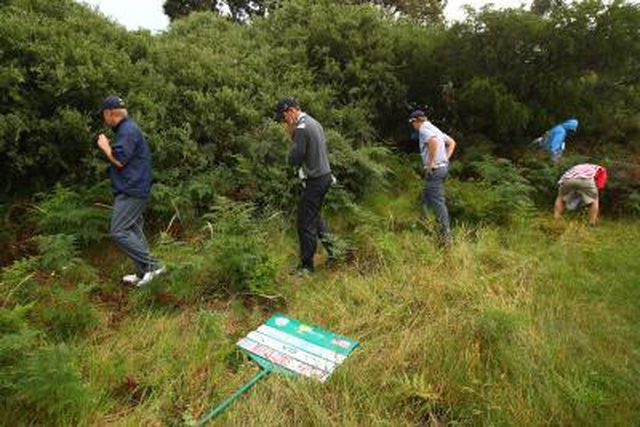Bulbs
Flower Basics
Flower Beds & Specialty Gardens
Flower Garden
Garden Furniture
Garden Gnomes
Garden Seeds
Garden Sheds
Garden Statues
Garden Tools & Supplies
Gardening Basics
Green & Organic
Groundcovers & Vines
Growing Annuals
Growing Basil
Growing Beans
Growing Berries
Growing Blueberries
Growing Cactus
Growing Corn
Growing Cotton
Growing Edibles
Growing Flowers
Growing Garlic
Growing Grapes
Growing Grass
Growing Herbs
Growing Jasmine
Growing Mint
Growing Mushrooms
Orchids
Growing Peanuts
Growing Perennials
Growing Plants
Growing Rosemary
Growing Roses
Growing Strawberries
Growing Sunflowers
Growing Thyme
Growing Tomatoes
Growing Tulips
Growing Vegetables
Herb Basics
Herb Garden
Indoor Growing
Landscaping Basics
Landscaping Patios
Landscaping Plants
Landscaping Shrubs
Landscaping Trees
Landscaping Walks & Pathways
Lawn Basics
Lawn Maintenance
Lawn Mowers
Lawn Ornaments
Lawn Planting
Lawn Tools
Outdoor Growing
Overall Landscape Planning
Pests, Weeds & Problems
Plant Basics
Rock Garden
Rose Garden
Shrubs
Soil
Specialty Gardens
Trees
Vegetable Garden
Yard Maintenance
How to Mix Bermuda Grass With Fescue
How to Mix Bermuda Grass With Fescue. Bermuda grass and species of fescue are well-suited to be paired in a turf lawn. Bermuda is a warm-season grass that goes brown and dormant in the fall and winter, while fescue species are cool-season grasses that will be green in the fall, winter and spring. Combining these types of grasses allows those who...

Bermuda grass and species of fescue are well-suited to be paired in a turf lawn. Bermuda is a warm-season grass that goes brown and dormant in the fall and winter, while fescue species are cool-season grasses that will be green in the fall, winter and spring. Combining these types of grasses allows those who live in moderate-to-warm climates to maintain a green lawn throughout the year.
Things You'll Need
Bermuda grass seed
Fescue grass seed
Drop or broadcast spreader
Buy 2 1/2 to five pounds of Bermuda grass and the fescue grass seed of choice for every 1000 square feet of soil surface you want to cover with turf. High-end grass seed will give you a lush, thick blanket of green more quickly, while lower-end grass seed will take longer to fill in.
Mix the two seeds in the hopper of a drop or broadcast seed-spreader. Consult the labels on each bag of grass seed to determine the dial setting for the hopper. If there is a discrepancy between the two seed species, choose a setting that splits the difference.
Roll the spreader over the prepared soil surface at a consistent walking pace, making two passes. Start at one edge of the future lawn and lay down parallel rows of the blended seed formula, making sure that each row slightly overlaps the next one. Make your second pass over the lawn at a 90-degree angle from the first pass, laying down rows that are perpendicular to your original rows to ensure even coverage.
Touch up patchiness and bare spots in the established lawn as needed with the same blended mixture of seed to maintain a uniform turf.